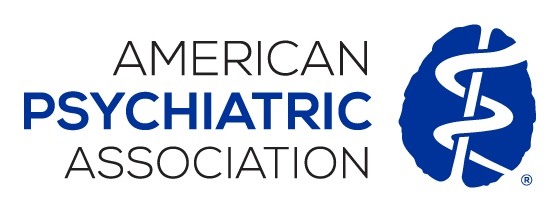
Nearly a quarter of referrals to psychiatric emergency departments (PEDs) in the United States are made by police, a rate dramatically higher than the global average, according to a report published today in Psychiatric Services.
Patients referred to PEDs by police tended to be homeless males with a diagnosis of substance use and/or psychotic disorders and were more likely to display aggressive behavior, according to the report.
“Because police-referred patients share many characteristics with incarcerated psychiatric patients, early psychiatric treatment may help reduce the risk for incarceration of police-referred patients,” wrote Thomas Goldschmidt, M.D., of the Frei Universität and Humboldt Universität, Berlin, and colleagues.
The researchers performed a literature search for articles reporting the proportion of adult psychiatric patients brought by police to PEDs in university or general hospitals or comparable settings (such as general medical-surgical hospitals that serve as psychiatric emergency receiving facilities). They included 34 study samples from 28 articles in their analysis, representing 542,143 psychiatric emergency admissions between 1986 and 2021 in 11 countries: the United States, Australia, Belgium, Canada, Croatia, Germany, Israel, Italy, Switzerland, Taiwan, and Turkey. Of the total admissions, 61,647 involved law enforcement.
On average, 13.7% of PED admissions globally were referred by police, compared with 22.8% in the United States. Compared with patients not referred by police, police-referred patients globally were more than four times as likely to show aggressive behavior, 1.84 times as likely to be homeless, and 1.33 times and 1.45 times as likely to have a diagnosis of a substance use or a psychotic disorder, respectively. Police-referred patients were also four times more likely to be involuntarily admitted to a hospital.
Goldschmidt and colleagues said that further research is needed on the effect of early intervention on referrals to PEDS. “Interventions to reduce homelessness among psychiatric patients and other preventive approaches might be especially useful to reduce police referrals,” they concluded.
For related information, see the Psychiatric News article “Stanford Team Examines Intersection of Homelessness, Mental Illness, Police Conduct.”
(Image: Getty Images/iStock/pablohart)
Don't miss out! To learn about newly posted articles in Psychiatric News, please sign up here.












